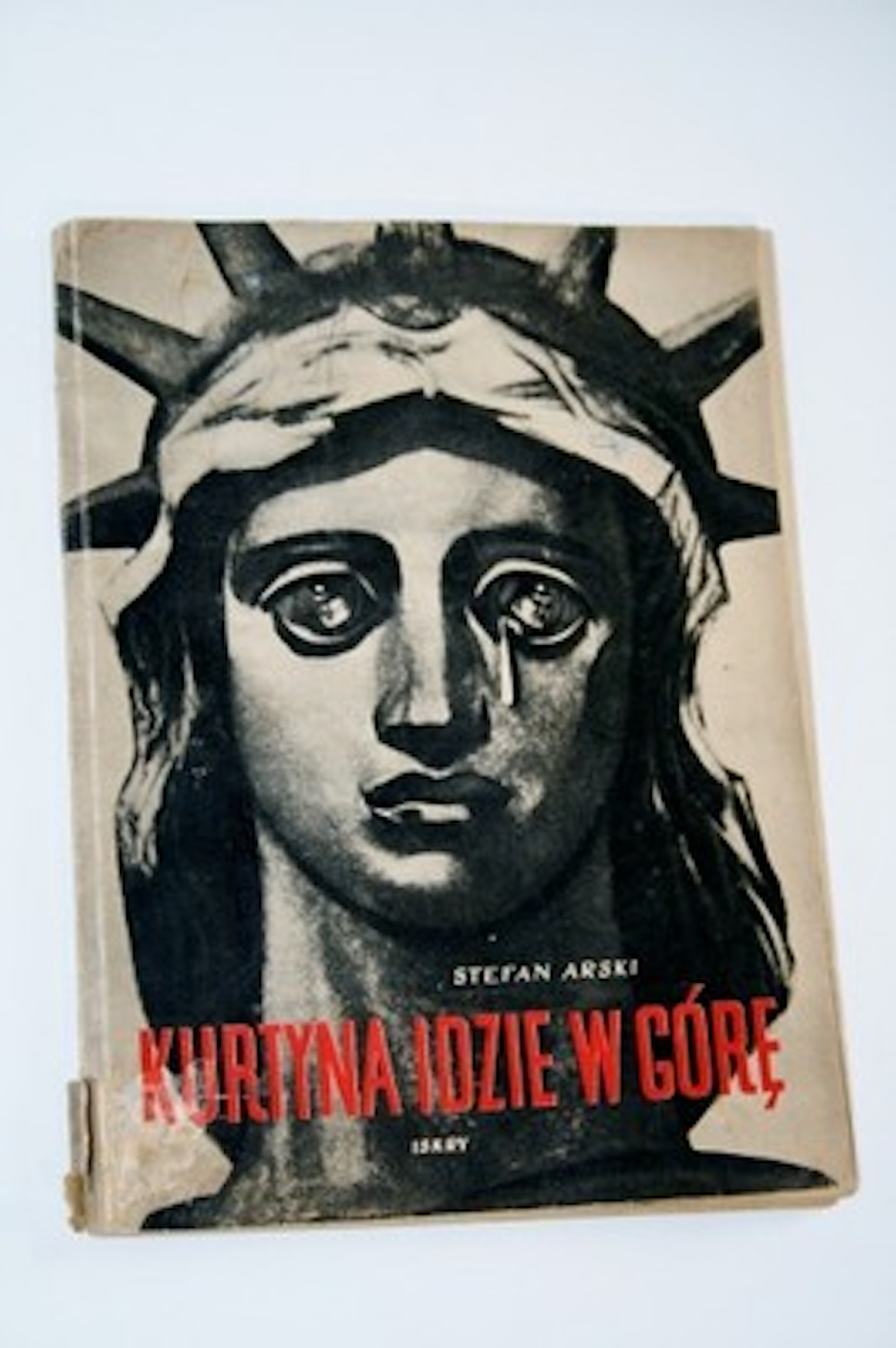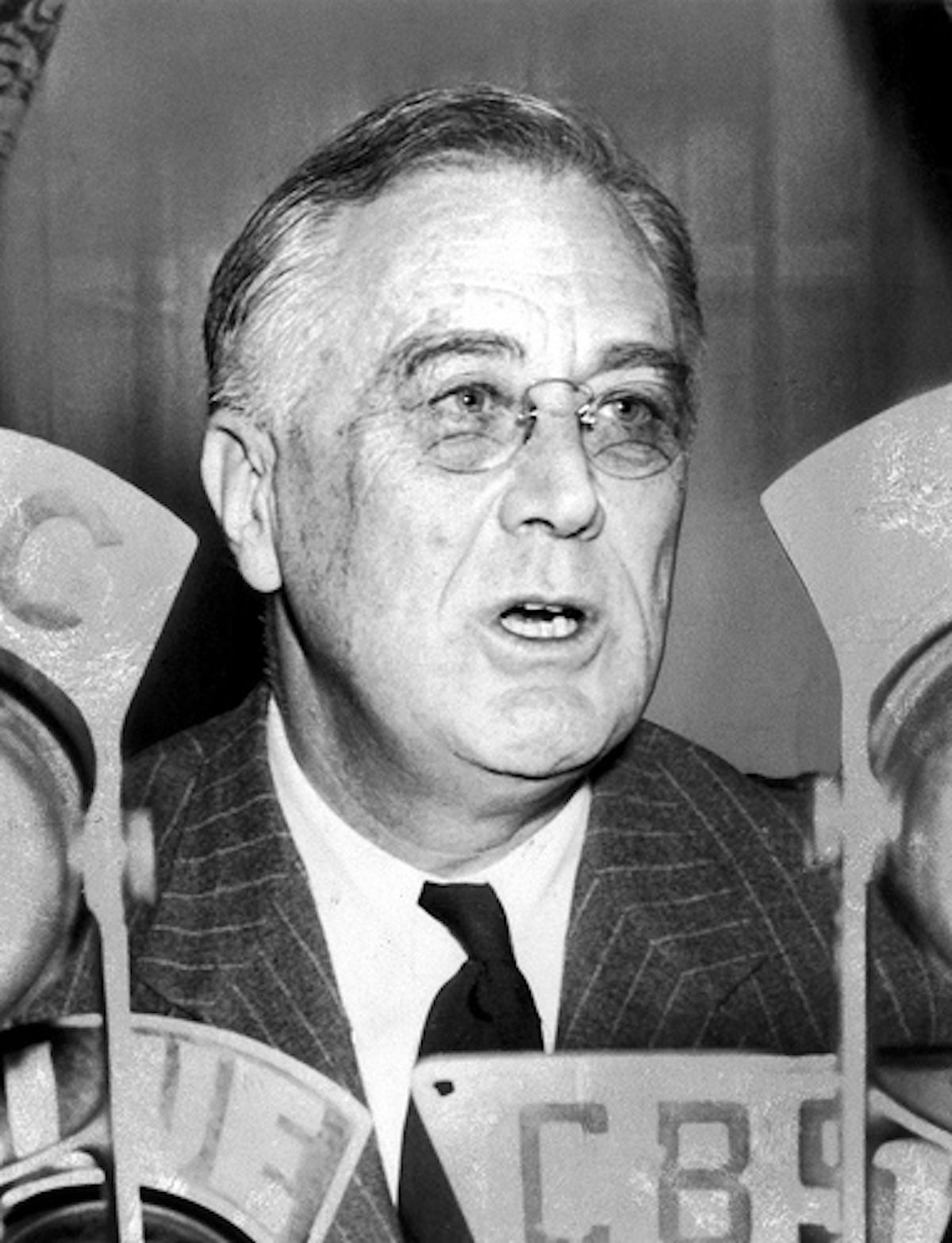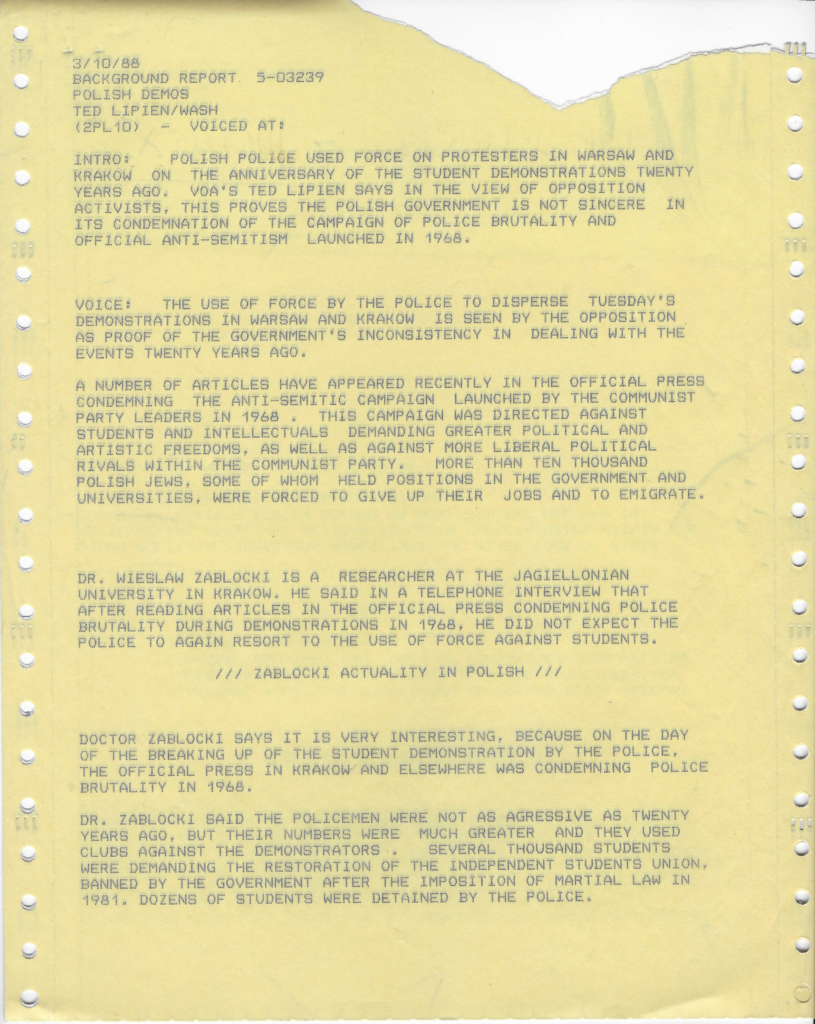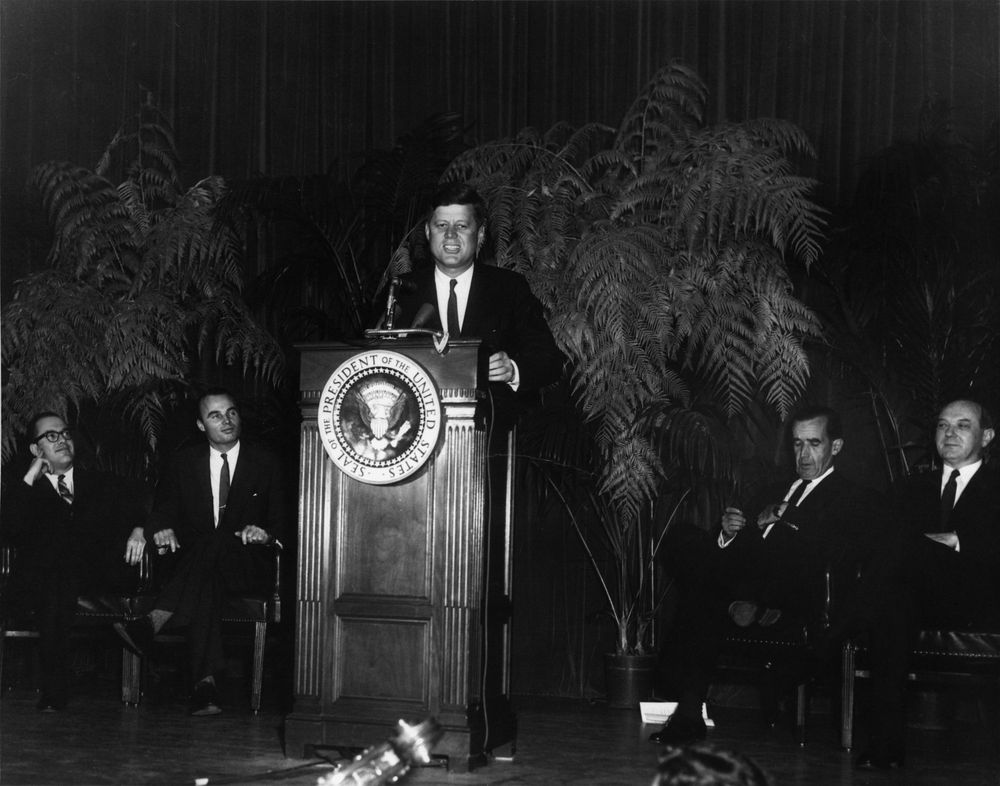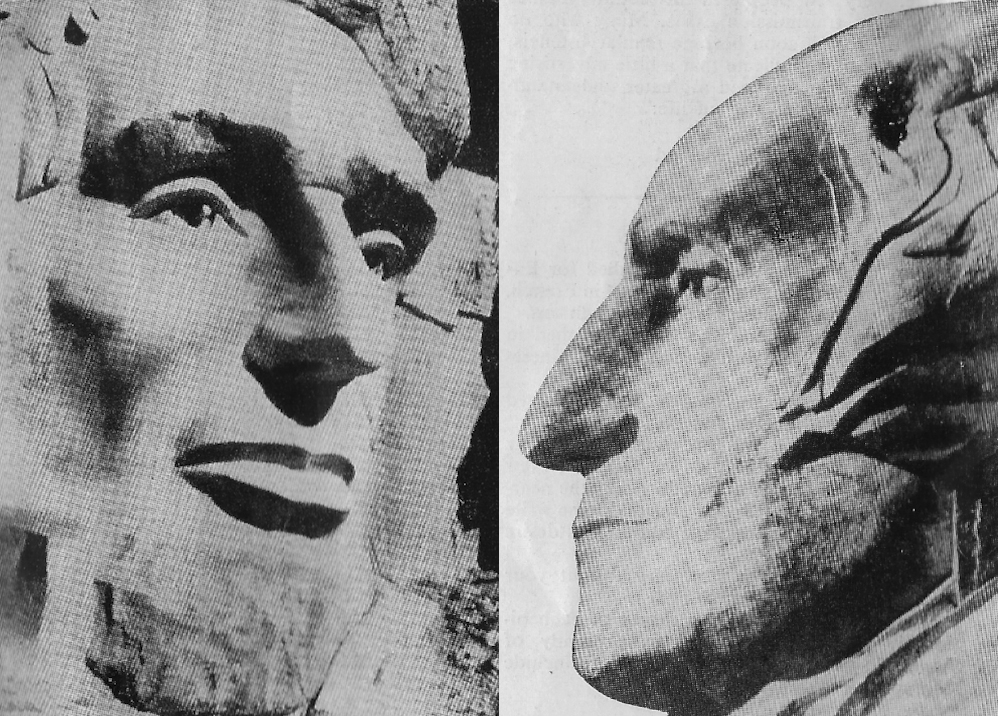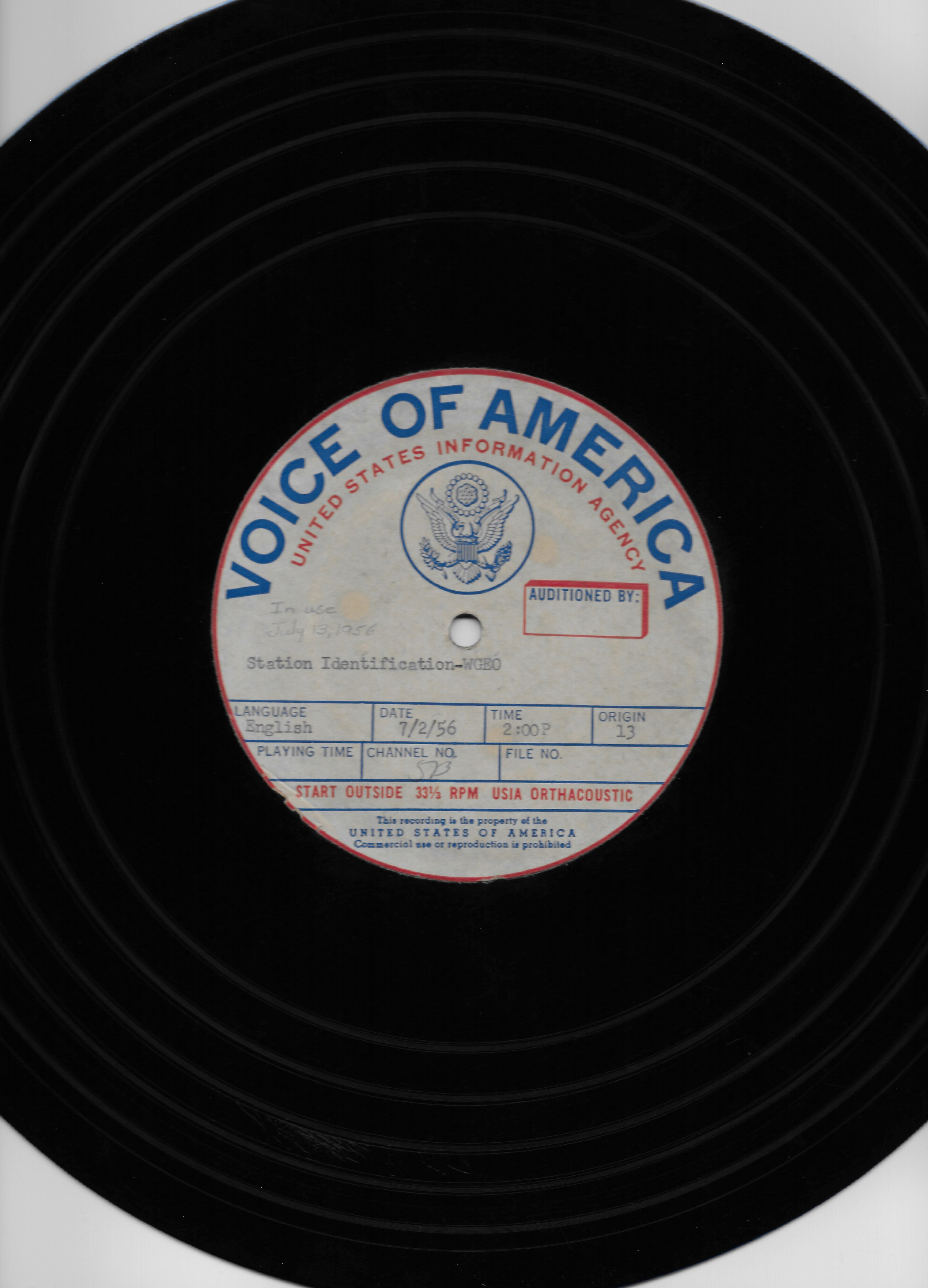Cold War Radio Museum Declassified documents in the National Archives show that a directive issued to on April 17, 1943 by the management of the U.S. Office of War Information (OWI) ordered its Overseas Branch in charge of what were later called...
Cold War Radio Museum Fascinating and until now generally unknown details of how a single refugee journalist, Julius Epstein, exposed Voice of America’s (VOA) censorship designed to cover up Soviet responsibility for the 1940 Katyn Forest...
Cold War Radio Museum Ted Lipien Polish socialist and communist activist and journalist Stefan Arski, aka Artur Salman, was among several communist agents of influence who had worked on Voice of America (VOA) radio programs during World War II while...
OPINION Cold War Radio Museum How Voice of America Censored Solzhenitsyn Brief History of VOA’s Domestic Propaganda By Ted Lipien The Voice of America (VOA) was an easier target than Radio Free Europe (RFE) or Radio Liberty (RL) for U.S...
Cold War Radio Museum During the Reagan Administration, foreign language services at the Voice of America (VOA) were for the first time given in the 1980s significant freedom to originate their own news reports and to share them with VOA English...
Cold War Radio Museum The Crusade for Freedom was the name of an advertising campaign designed to get Americans to contribute money to Radio Free Europe which broadcast radio programs in various languages to the captive nations behind the Iron...
Cold War Radio Museum Commentary by Ted Lipien In his February 26, 1962 speech to mark the 20th anniversary of the Voice of America (VOA), President Kennedy discussed the necessity of freedom of information and complete truthfulness of...
Cold War Radio Museum In 1951, the Voice of America (VOA), which was at that time located in New York but managed from Washington by the State Department, was under heavily criticism, particularly from Republicans in the U.S. Congress, for failing...
Cold War Radio Museum In 1951, the Voice of America (VOA), which was at that time located primarily in New York but managed from Washington by the State Department, was under heavy criticism, particularly from Republicans in the U.S. Congress, for...
Cold War Radio Museum During World War II and the Cold War, the Voice of America (VOA) used shortwave radio transmitters operated by private U.S. companies to reach audiences in Nazi and Japanese controlled territories and later audiences in...




